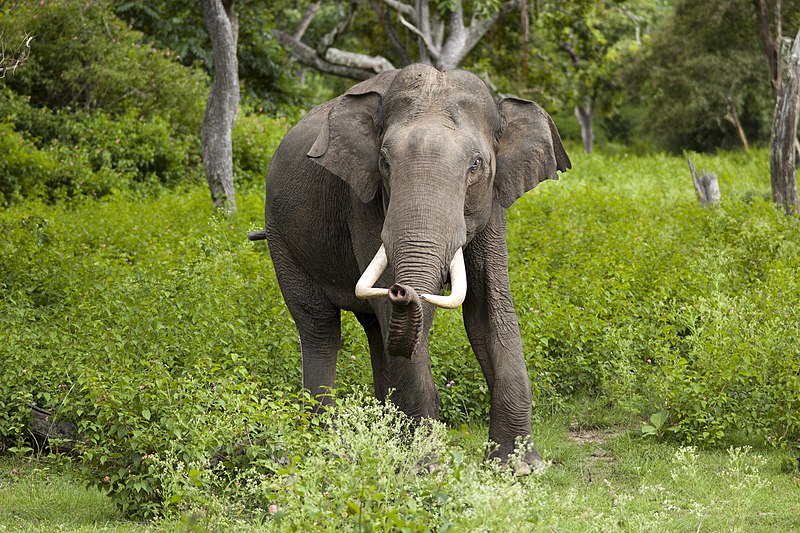Study on Asian elephants
A recent study published in the journal Conservation has found that human settlements in the Nilgiri Biosphere Reserve (NBR) in India are causing a decline in the population of endangered Asian elephants.
Impact of Human Settlements on Elephant Movement
- The research, conducted by a team of ecologists and conservationists, found that when barriers are erected in hilly areas, gene flow between elephant populations is reduced, leading to inbreeding, low genetic diversity, and increased risk of extinction.
- The Western Ghats mountain range, which includes the NBR, is home to around 6,000 wild elephants, the largest remaining population in the region. However, the Palghat Gap, a relatively flat area that has been transformed by agriculture, has been cut off from the rest of the Ghats by human settlements and crop cultivation.
- This has confined the elephants to hilly areas with suboptimal habitats and increased their risk of injury or death due to the dangerous terrain.
Lack of Connectivity between Elephant Populations
In addition to the physical barriers, the study found that the northern and southern elephant populations in the Ghats have moderate levels of genetic differentiation, indicating limited gene flow between the two regions. This lack of connectivity through corridors has led to fragmentation of the elephant population and a decline in its overall genetic diversity.
Recommendations for Conservation
Conservation efforts in the NBR have focused on enclosing protected areas without considering the distribution of the terrain, according to Jean-Philippe Puyravaud, one of the lead authors of the study. To effectively protect and conserve the Asian elephant population in the NBR and the rest of the Ghats, Puyravaud suggests maintaining corridors to ensure connectivity and preserving flat, easily negotiable terrain. This will allow the elephants to roam freely and maintain a healthy level of genetic diversity, improving their chances of survival and reproduction.
Asian elephant
- The Asian elephant is found throughout the Indian subcontinent and is an important cultural and religious symbol in the region. In India, the Asian elephant is listed as an endangered species due to habitat loss, poaching, and conflict with humans.
- There are an estimated 27,000 Asian elephants remaining in the wild in India, making up a significant portion of the global population of around 50,000 individuals.
- The Asian elephant is known for its distinctive appearance, including its large, floppy ears, and is smaller in size than the African elephant. In India, the Asian elephant is found in a variety of habitats, including forests, grasslands, and wetlands.
Month: Current Affairs - January, 2023
Category: Environment Current Affairs • Reports & Indexes Current Affairs


